Description
| Model | B01 |
| Lens Construction (Groups/Elements) | 11/14 |
| Angle of View | 14° |
| Diaphragm Blade Number | 7 |
| Minimum Focus Distance | 0.47m (18.5″) |
| Macro Magnification Ratio | 1:1 |
| Filter Diameter | ø72 |
| Weight | 920g (32.5oz.) |
| Diameter x Length | ø84.8mmx165.7mm (3.3in x 6.5in) |
| Accessory | Lens hood, Case |
| Mount | Canon, Nikon, Sony A mount |
Tamron Di lenses designed for digital SLR cameras.
- Low Dispersion (LD) Glass for Greater Lens Sharpness
Low dispersion (LD) glass elements in a lens help reduce chromatic aberration; the tendency of light of different colors to come to different points of focus at the image plane. Chromatic aberration reduces the sharpness of an image, but glass with an extremely lowdispersion index, has less of a tendency to separate (defract) a ray of light into a rainbow of colors. This characteristic allows the lens designer to effectively compensate for chromatic aberration at the center of the field (on axis), a particular problem at long focal lengths (the telephoto end of the zoom range), and for lateral chromatic aberration (towards the edges of the field) that often occurs at short focal lengths (the wide-angle end of the zoom range.) - Internal Focusing (IF) System
Internal focusing (IF) provides numerous practical benefits to photographers including a non-rotating front filter ring that facilitates the positioning of polarizing and graduated filters, and more predictable handling because the lens length does not change during focusing. Even more important, Tamron’s Internal Focusing (IF) system provides a much closer minimum focusing distance (MFD) throughout its entire focusing range. In addition, IF improves optical performance by minimizing illumination loss at the corners of the image field, and helps to suppress other aberrations that become more troublesome at different focusing positions. - FEC (Filter Effect Control) function enhances operational ease of Polarizing Filter use
The Filter Effect Control is designed to rotate the filter to the desired position while the hood is attached. This is accomplished by turning the FEC ring that in turn rotates the portion of the filter mount where the filter is mounted.
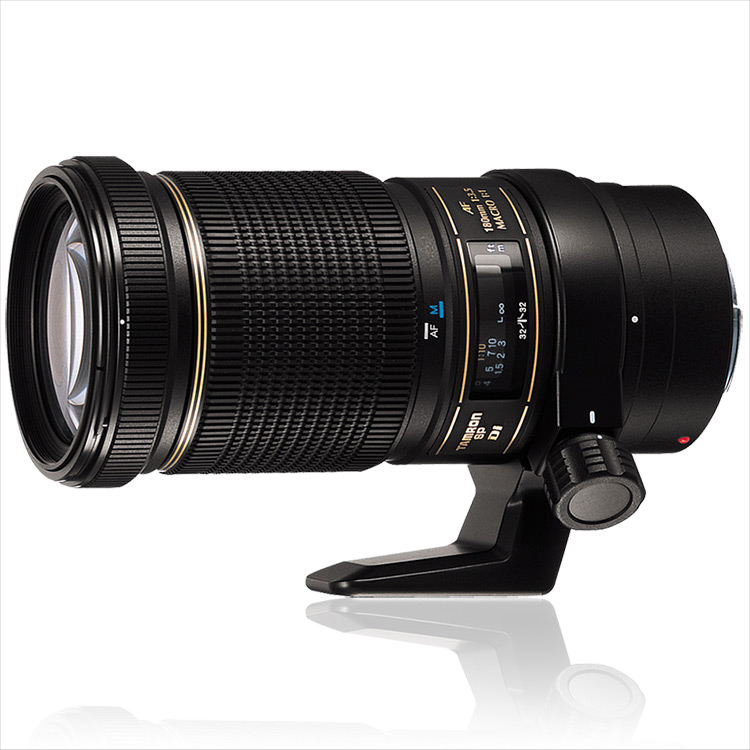






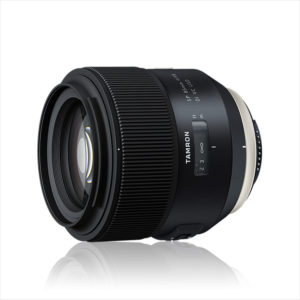
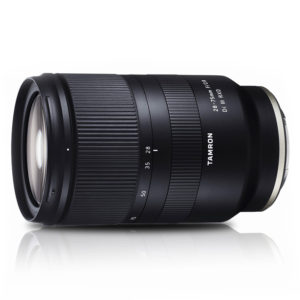
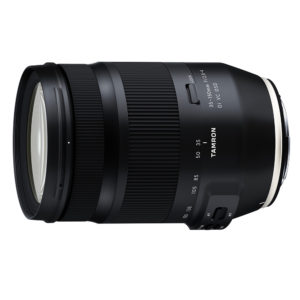
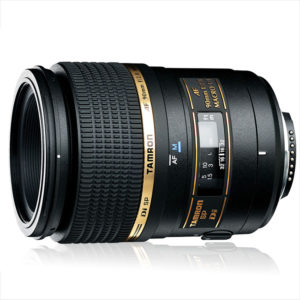







Stefan Jones –
I’ve been shooting this lens for a year now, and I love it. Auto-focus is a little sluggish in macro… but who auto focuses in Macro anyway? This lens loves the golds and warm colors and works terrific as a moderate telephoto. I love the reach of the 180mm (plus a little extra on my Dx format d-300) I never shadow or scare away my subject matter. Highly recommend this lens to anyone looking for a solid macro.
FL –
I use this lens with my F-mount DSLRs as well as my Z mount Nikon mirrorless bodies via the FTZ adapter. The lens is great on either. On DSLRs, it handles like any pre-AF-S lens which means AF is a bit noisy like similar Nikon lenses but the lens integrates just as nicely as a native Nikon lens. On Z mount mirrorless bodies, AF doesn’t work (as is also true with all Nikon non-AF-S ‘AF’ lenses): On the other hand, I still enjoy using this lens on Z bodies as the lens’s manual focus throw is generous, smooth and superbly accurate while the Z bodies offer AE control as well as the bonuses of IBIS and focus peaking. It’s a superb lens with either system, DSLR or mirrorless. Highly recommended if you can get your hands on one!